Guide To The Risk Factors, Causes, And Complications Of Aortic Stenosis
Aortic stenosis refers to a condition in which the aortic valve leaflets do not function properly because they become too stiff to open completely. The aortic valve has to maintain the ability to open fully for blood to exit the heart and flow through the aorta smoothly. When blood does not flow smoothly from the heart into the aorta, the heart muscle must work much harder to pump blood. Symptoms include a heart murmur, dizziness upon exertion, fatigue, appetite loss, chest pain, breathlessness upon exertion, heart palpitations, and poor weight gain. This condition is diagnosed using tests such as a physical exam, echocardiogram, electrocardiogram, stress test, computerized tomography scan, chest x-ray, cardiac MRI, and cardiac catheterization.
Many patients will take medication as part of their aortic stenosis treatment. For instance, high blood pressure medication is quite common. Others will need medication for arrhythmias. Surgery for aortic stenosis is another major treatment option. Most patients need an aortic valve repair or aortic valve replacement. Patients should also practice stress management, get regular exercise, and follow a heart-healthy diet for aortic stenosis. Of course, patients must first understand the various causes and risk factors for this condition, along with complications that appear if it goes untreated.
Calcium Buildup On The Aortic Valve
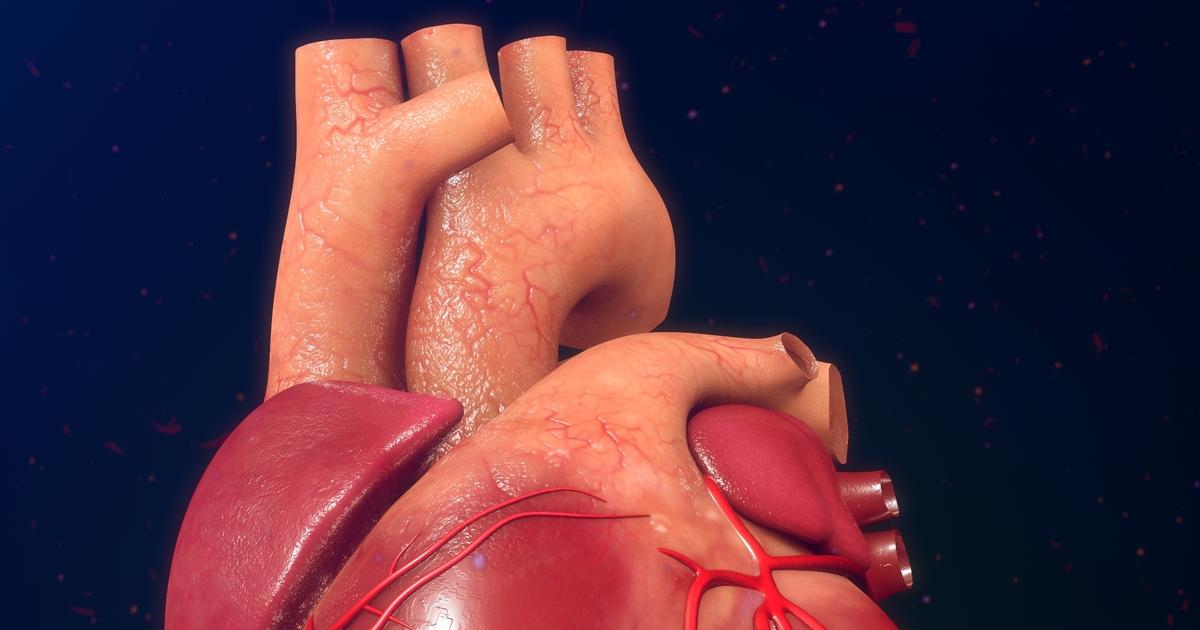
An individual may develop aortic stenosis due to progressive calcium buildup on their aortic valve leaflet tissues. Calcification on the aortic valve occurs when calcium deposits develop in the tissues that make up the valve and its leaflets. An individual in late adulthood or who has coronary artery disease or atherosclerosis is at a higher risk of experiencing the calcium deposits in their aortic valve. The process that causes calcification of the valve tissues is thought to involve a complex interaction between endothelial dysfunction, oxidative stress, and inflammatory responses. These factors cause the remodeling of tissues in the valve and inappropriate disposition of calcium during that process.
As the aortic valve is constantly under significant mechanical stress, it undergoes constant cycles of tissue renewal. Factors like high blood pressure and others that cause mechanical stress on the valve to exceed its ability to remodel and repair itself can cause an impairment of structural integrity. This impairment is further aggravated by the attraction, deposition, and hardening of calcium in the valve that leads to the symptoms of aortic valve stenosis.
Read more about the risk factors and causes of aortic stenosis now.
Rheumatic Fever
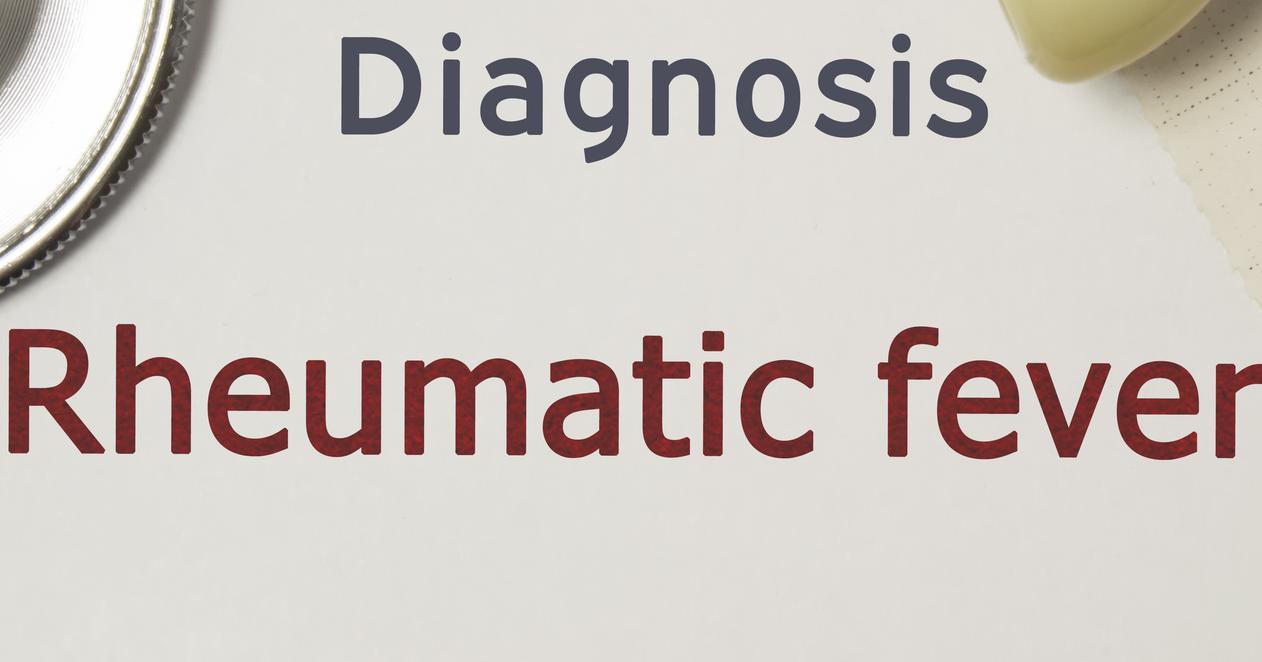
An individual may develop aortic valve stenosis from a previous infection referred to as rheumatic fever. This is a disease of inflammation that forms following an untreated or inadequately treated infection of scarlet fever or strep throat. Streptococcus bacteria is what causes scarlet fever and strep throat. Rheumatic fever happens when the bacteria that cause these infections trick a patient's immune system into targeting and attacking its own tissues. The most common tissues in the body that rheumatic fever affects are the central nervous system, heart tissues, and joint tissues.
Aortic valve problems that arise from previous rheumatic fever are known to manifest between ten and twenty years following the initial infection. When the individual's immune system attacks the tissues of the aortic valve because of rheumatic fever, the valve's tissues become inflamed and damaged. The body repairs the damaged and inflamed tissues. However, it does so using scar tissue instead of the same kind of tissue originally in the valve. Scar tissue is more dense and fibrous than normal tissue, which causes the valve to become too stiff, or the condition known as aortic stenosis.
Learn more about the causes and risk factors linked to aortic valve stenosis now.
Heart Defect

Aortic valve stenosis may develop in an individual with a heart defect due to the secondary effects their defect has on their cardiovascular tissues. Numerous congenital heart defects can cause an individual to develop aortic stenosis. An individual may have an obstruction in the muscle tissue underneath the aortic valve that causes it to be unable to open and close properly. Another common congenital defect associated with aortic valve stenosis involves an abnormal narrowing of the aorta directly above the valve.
Other heart defects that can result in aortic valve stenosis can involve an incorrect number of aortic valve leaflets, such as two or four leaflets instead of three. A two leaflet aortic valve is referred to as a bicuspid aortic valve. This causes the leaflets to be thicker and less flexible than they normally would be to compensate for the missing leaflet. Another heart defect that results in aortic valve stenosis involves the inappropriate fusion of the lines that separate the leaflets or the commissures. When the leaflets are abnormally fused, it causes the valve to be unable to open fully, resulting in aortic stenosis.
Discover additional risk factors and causes of aortic valve stenosis now.
Aging

A common and often overlooked factor that increases an individual's risk of developing aortic valve stenosis is the natural processes that occur due to aging. Older adults are more likely to have high blood pressure and cholesterol that can cause the valve to become inflamed and or damaged. They are also more likely to have reduced kidney function that may cause a mild or moderate elevation of certain substances in their blood. This malfunction occurs when the kidneys cannot clear these substances from the body as effectively as they once could.
When calcium levels are elevated in the blood due to declining kidney function, the patient is more likely to experience the disposition of calcium in their tissues. Calcium deposits in the tissues that make up the aortic valve can cause the patient to develop aortic valve stenosis. Older individuals are also more likely to have other heart problems that can damage the aortic valve. Examples include extensive scar tissue, pericarditis, cardiac muscle ischemia, and blood clots.
Get more information regarding the causes and risk factors related to aortic stenosis now.
High Cholesterol And Blood Pressure

Conditions that take a toll on an individual's blood vessels and heart, such as high cholesterol and blood pressure, can increase their risk of developing aortic valve stenosis. The mechanism behind the increased risk of this condition for these individuals involves the mechanical stress these conditions place on the valve and the inflammation in the body that can affect the aortic valve. The aortic valve in a healthy individual is built to manage a certain degree of ongoing mechanical stress due to the high pressure of the blood that flows through it. Chronic high blood pressure patients have an even greater level of pressure in the blood being pushed directly out of the heart past the valve due to their compromised circulation from blood vessel damage.
The aortic valve sustains tissue damage over time from being overburdened. The body can repair this damage eventually. However, it is repaired with scar tissue that is thicker and denser than the original tissue. This mechanism makes the valve leaflets become too stiff and inflexible. High cholesterol is directly correlated with hypertension, as it can cause or complicate it. Atherosclerosis from high cholesterol causes the same excessive mechanical stress on the valve, which yields the same inability of the valve to open fully.
Continue reading to learn more about the causes of this condition now.
Diabetes

Diabetes, as most individuals are aware, is a condition that affects blood glucose. Depending on the type that they have, patients will either be unable to produce insulin or cannot use it effectively. Both scenarios mean that diabetes patients can have high blood sugar. This is what leads to symptoms such as frequent urination, excessive thirst, blurry vision, unexplained weight loss, slow-healing sores, and excessive hunger. Unfortunately, diabetes is a significant risk factor for the development of aortic stenosis. According to research, one of the reasons for this is the increase in inflammation throughout the patient's body. Research also indicates that diabetes can cause more calcium to form in the body, particularly within the arteries. As mentioned, calcium buildup in the arteries is a common trigger for aortic stenosis.
Get more information on the risk factors for aortic stenosis now.
Radiation Therapy To The Chest
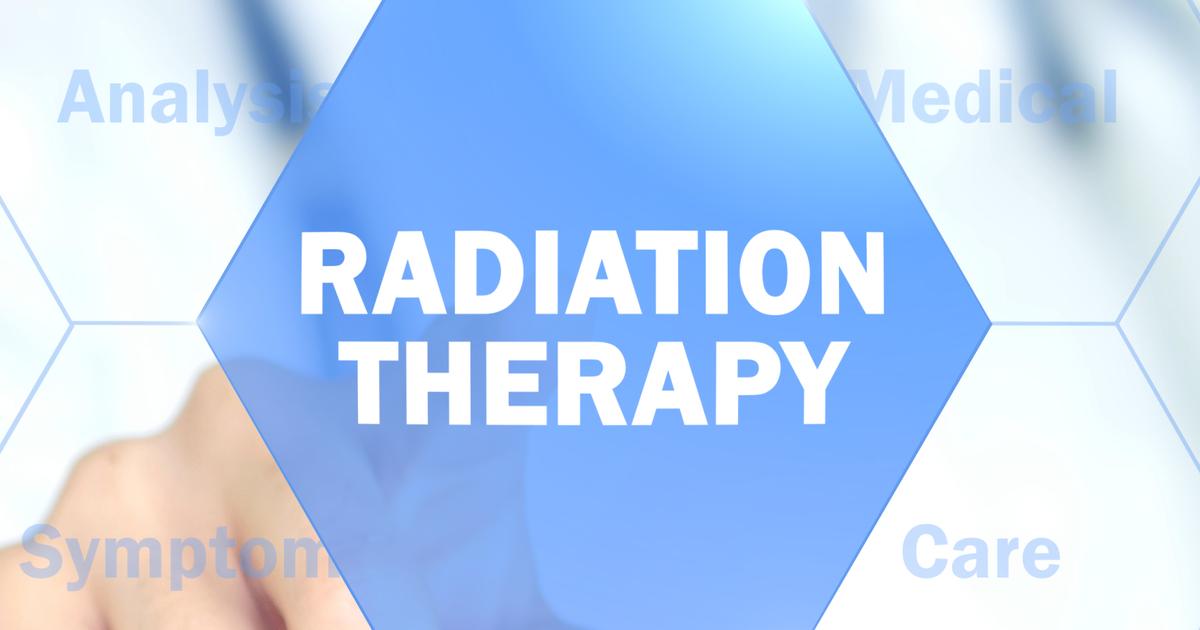
Reports indicate that radiation therapy to the chest can increase an individual's risk of developing heart issues, including aortic stenosis. Radiation therapy is a common treatment for many forms of cancer. However, high doses can cause damage to the heart, including the valves. This is typically referred to as cardiotoxicity. Although it can develop within a few months of receiving radiation therapy to the chest, most patients will see this damage and aortic stenosis years later. Patients with other heart disease risk factors, including diabetes, and those receiving radiation therapy along with other cancer treatments, such as chemotherapy, are at a higher risk of developing the damage that can trigger aortic stenosis.
Discover additional causes and risk factors associated with aortic stenosis now.
History Of Infections
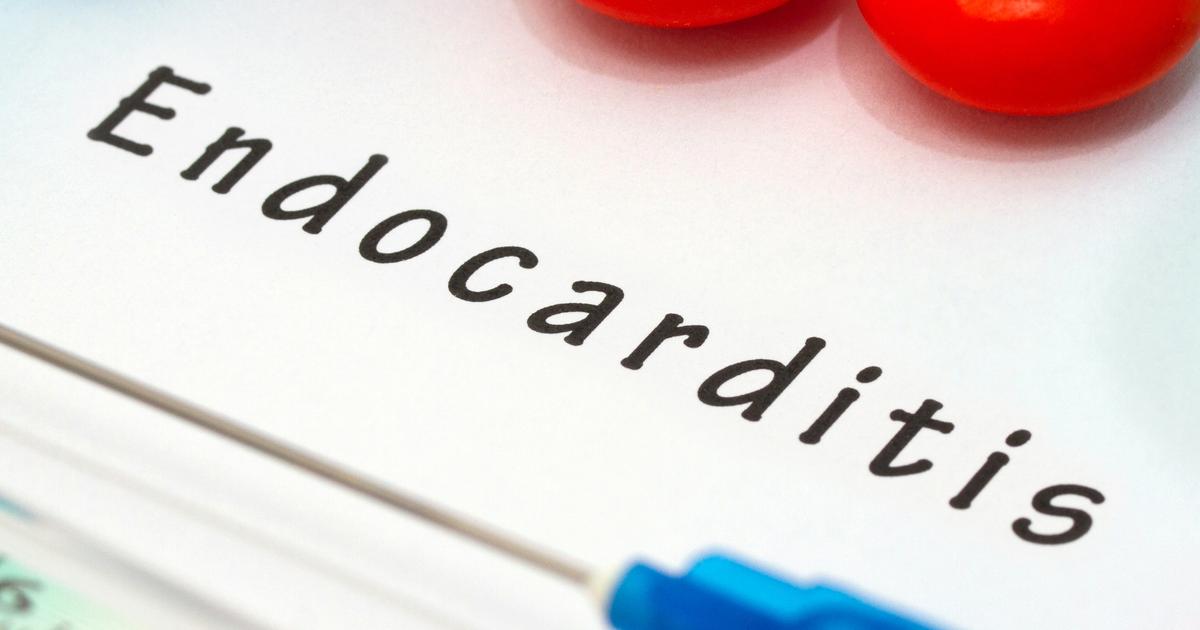
According to experts, a history of infections, particularly those that affect an individual's heart, can increase the risk of developing aortic stenosis. A common infection-related condition that results in this is endocarditis, which refers to inflammation of the endocardium. This is the inner lining of the heart's valves and chambers. Endocarditis develops from infections in other parts of the body that travel to the heart. The infection can be from bacteria, fungi, or other germs. One of the common sources of infections that travel to the heart is the mouth. This means issues such as gingivitis can cause endocarditis and then cause or worsen aortic stenosis as a result.
Reveal more information on what can increase an individual's risk of aortic stenosis now.
Chronic Kidney Disease

Reports show that individuals who are dealing with chronic kidney disease are at a much higher risk of developing aortic stenosis. One of the reasons for this is that chronic kidney disease often causes the kidneys to release excessive amounts of renin. Too much of this enzyme will cause an individual's blood pressure to increase significantly. As mentioned previously, high blood pressure puts more pressure on the aortic valves and can eventually cause individuals to develop aortic stenosis. In addition, experts claim that many chronic kidney disease patients also present with aortic valve calcification, which is referring to a buildup of calcium deposits in the aortic valve. This is another trigger for aortic stenosis.
Uncover details on a complication linked to aortic stenosis next.
Arrhythmias
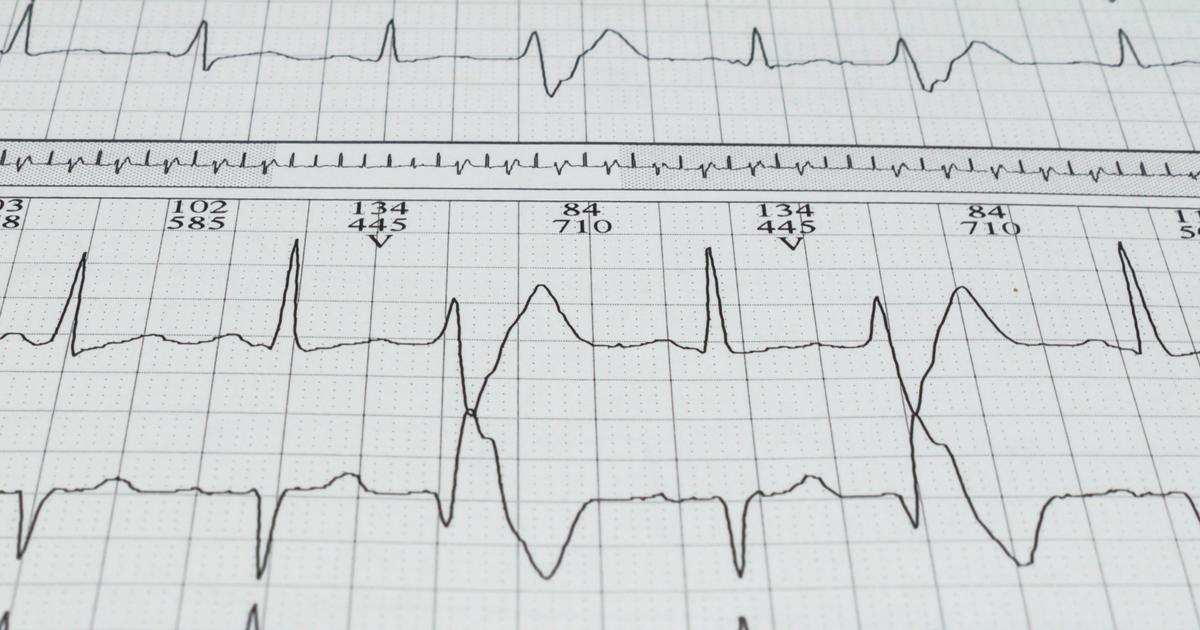
If patients do not receive prompt treatment for aortic stenosis, they may develop various complications. One of the most common, of course, is an arrhythmia. Arrhythmias are heartbeat issues. Specifically, patients with arrhythmias will have hearts that beat too slowly, quickly, or is otherwise irregular. Individuals with aortic stenosis develop this complication because of improper blood flow through their heart. Unfortunately, arrhythmias also trigger other complications in aortic stenosis, including fainting when patients have insufficient blood flow to their brain. Arrhythmias are a particularly severe complication of aortic stenosis. This is because the mortality rate of the aortic stenosis patients with this complication is significantly increased when compared to the rate in patients without this complication.
